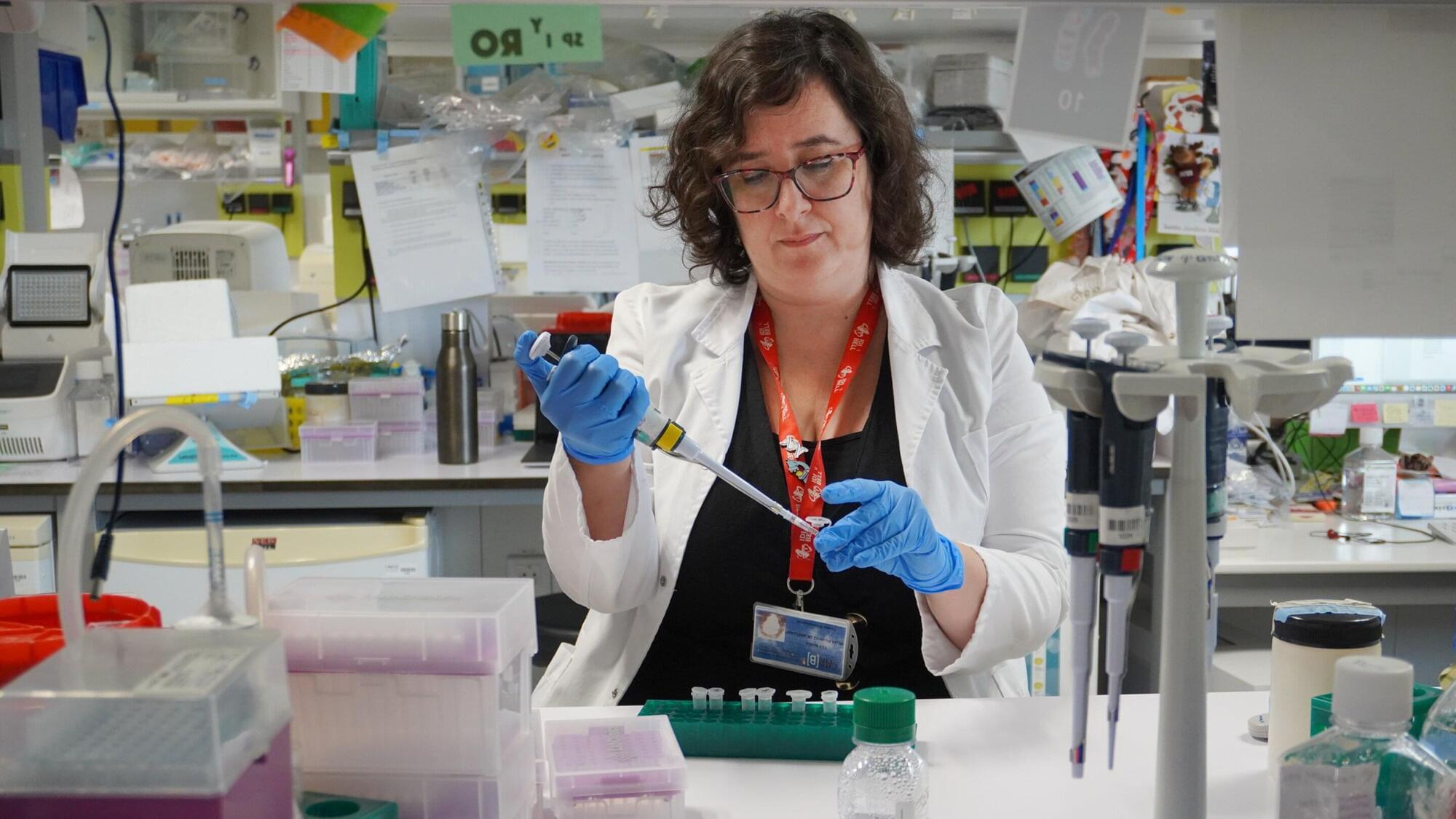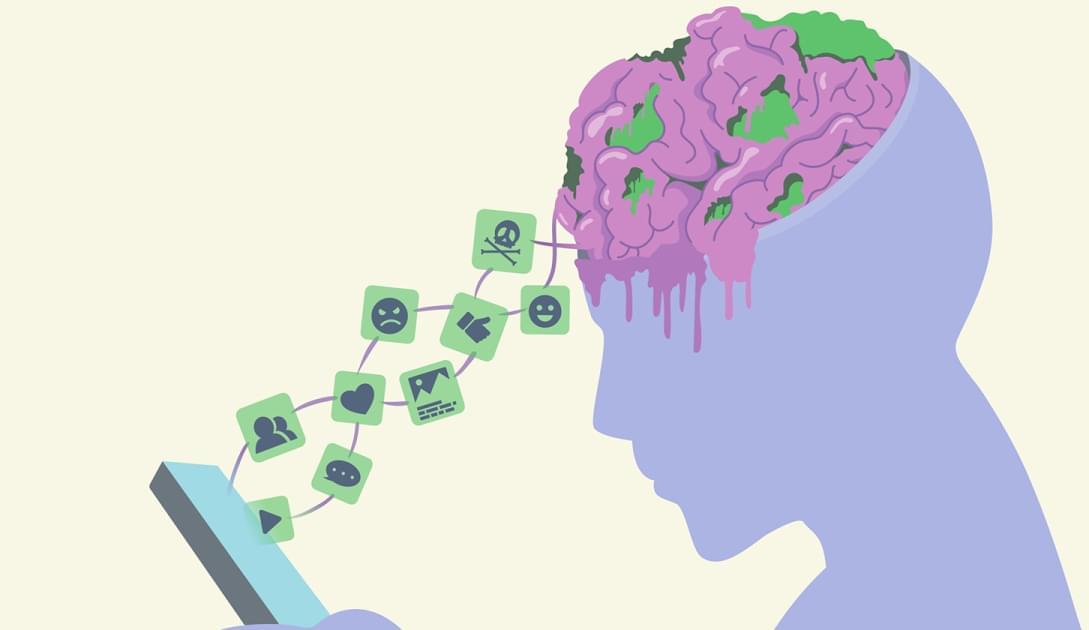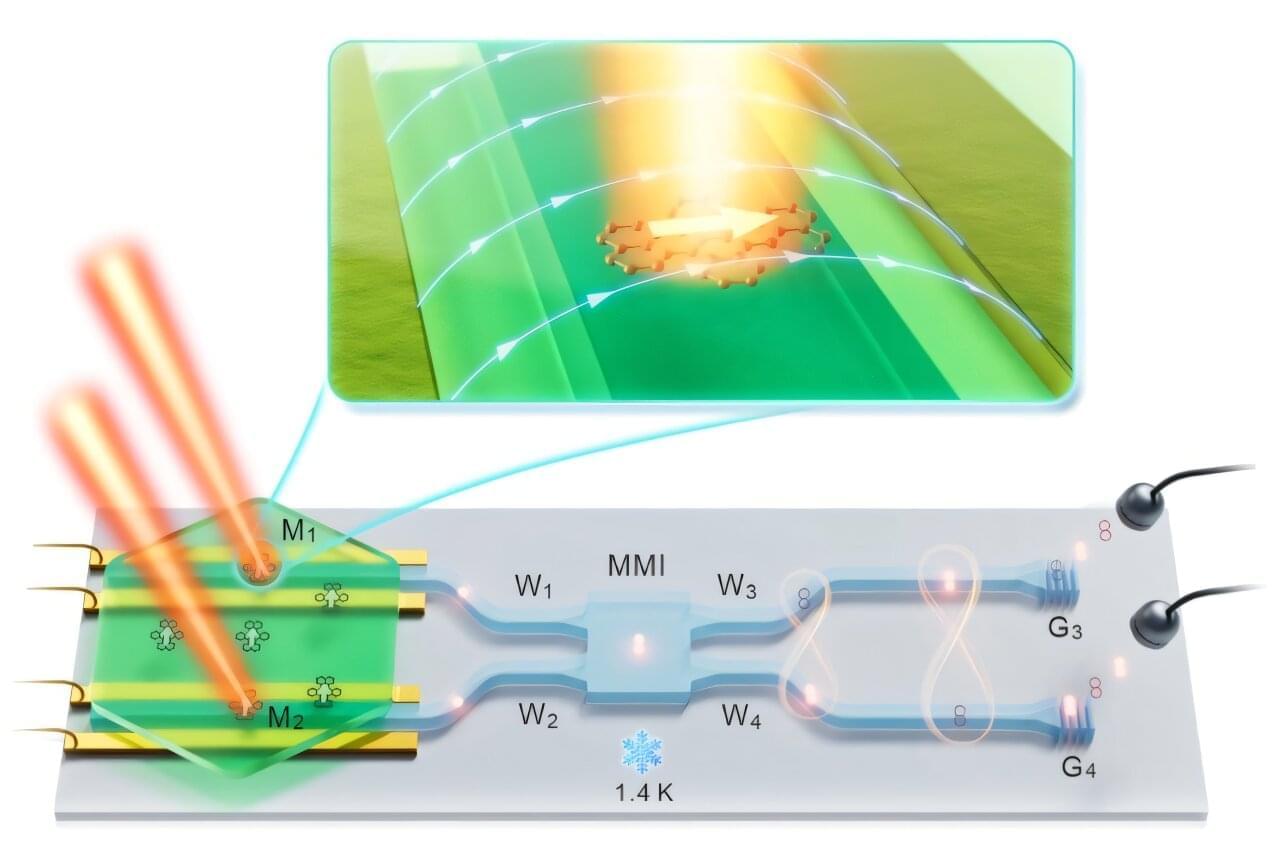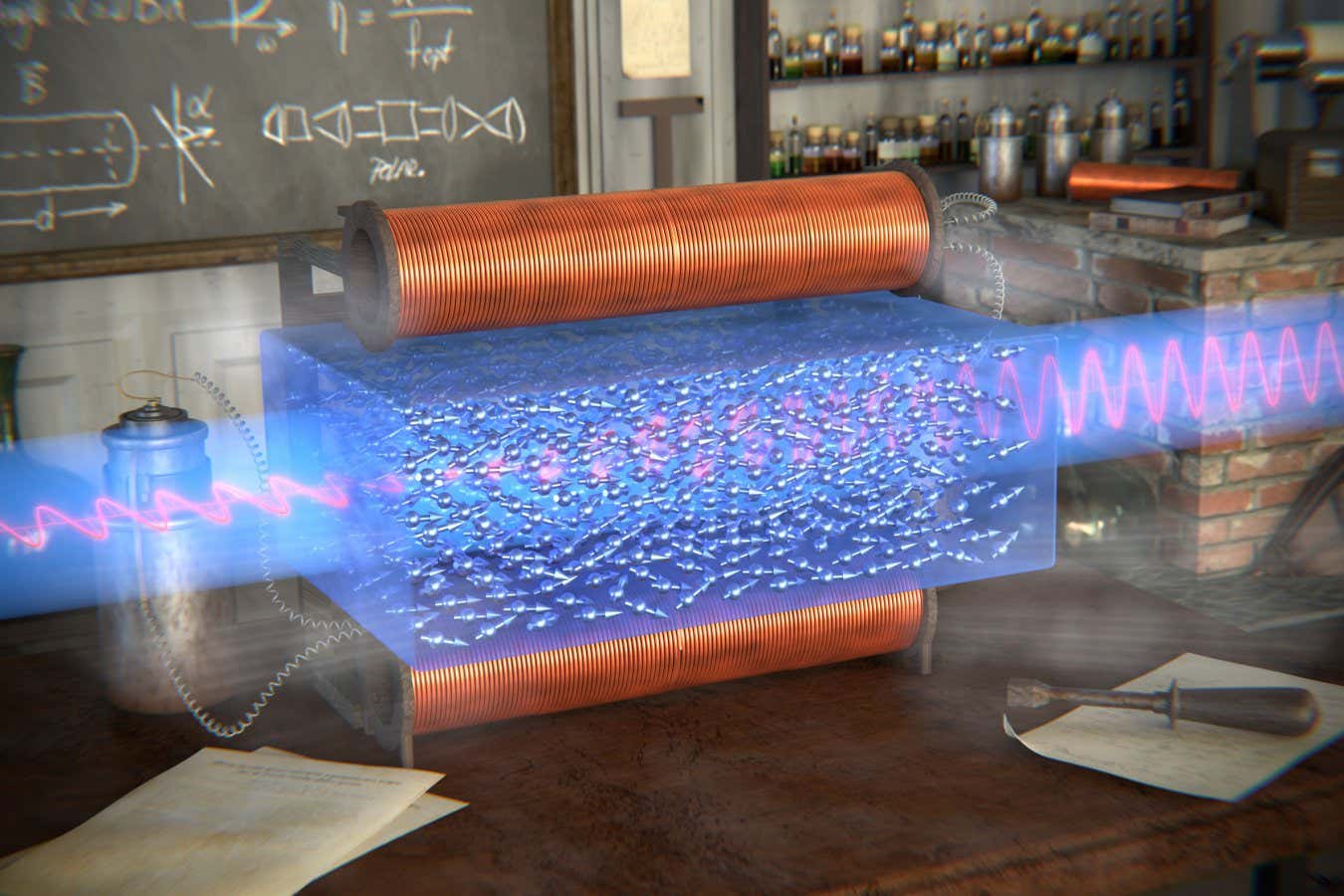Researchers have created an artificial intelligence model that can identify which mutations in human proteins are most likely to cause disease, even when those mutations have never been seen before in any person.
The model, called popEVE, was created using data from hundreds of thousands of different species and of genetic variation across the human population. The vast evolutionary record allows the tool to see which parts of every one of the roughly 20,000 human proteins are essential for life and which can tolerate change.
That allows popEVE to not only identify disease-causing mutations but also rank how severe they are across the body. The findings, published today in Nature Genetics by researchers at Harvard Medical School and the Center for Genomic Regulation (CRG) in Barcelona, could transform how doctors diagnose genetic disease.









